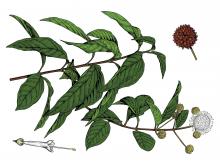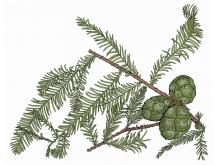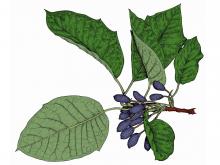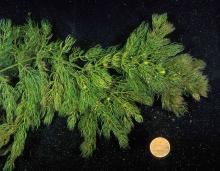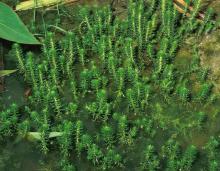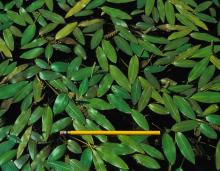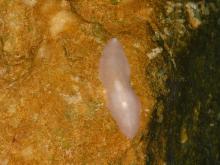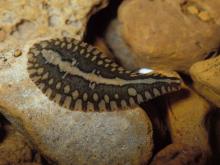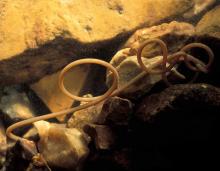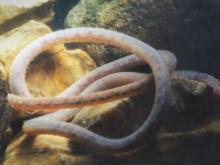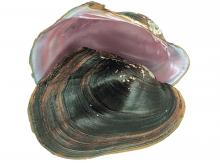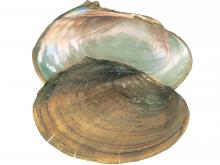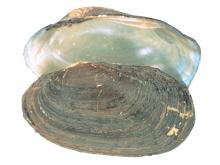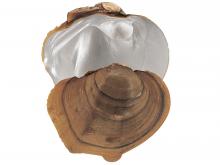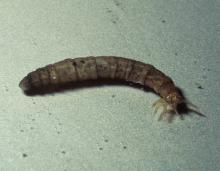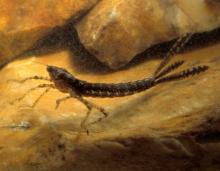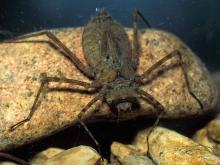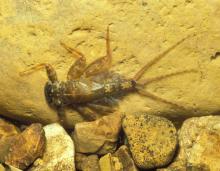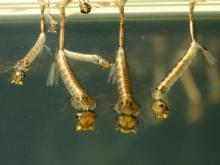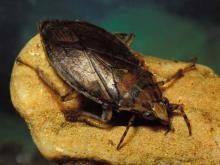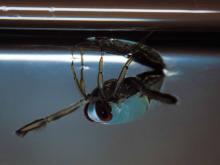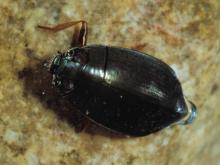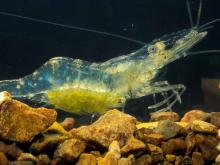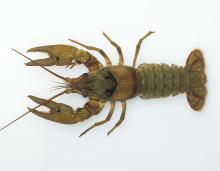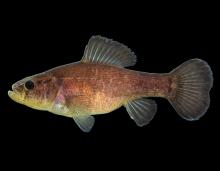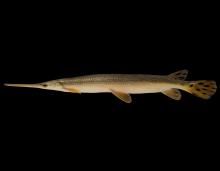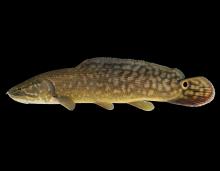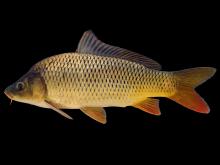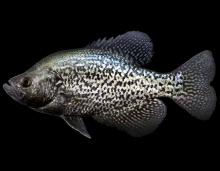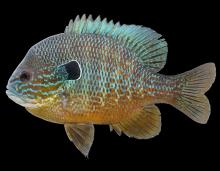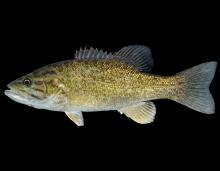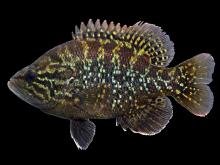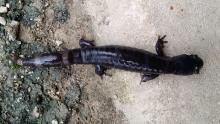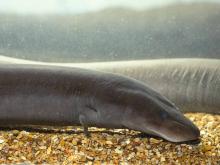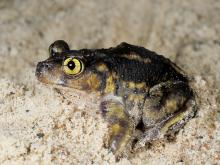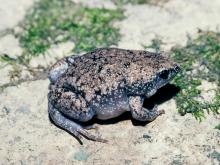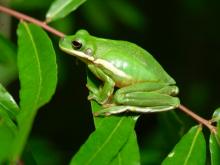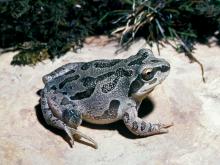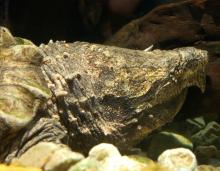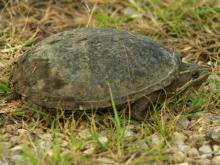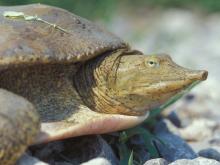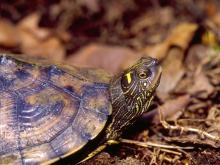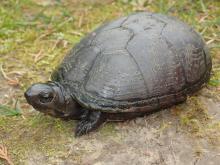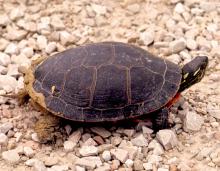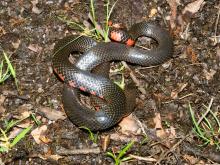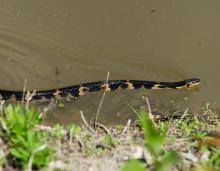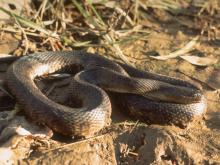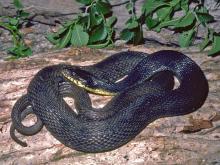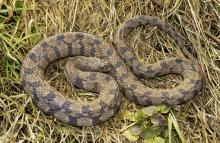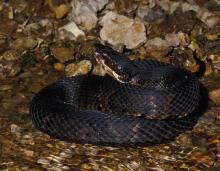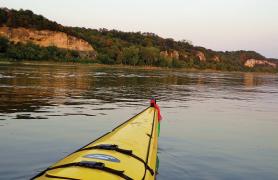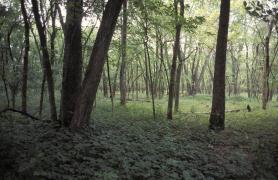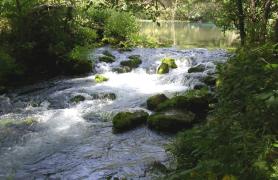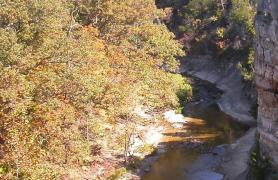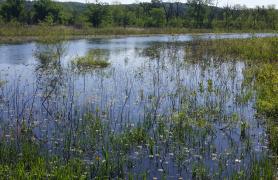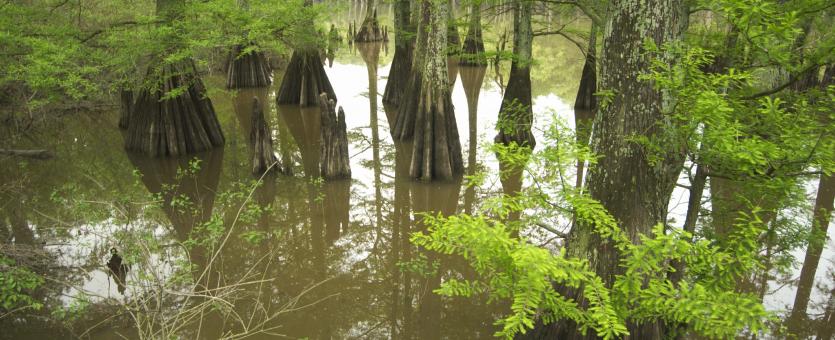
The Mississippi Lowland Aquatic Faunal Region is quite distinct from other Missouri habitats. As with all other aquatic habitats, in order to grasp the characteristics of waterways, it helps to understand the lay of the land.
The Mississippi Lowland region of southeast Missouri is a broad, low plain of alluvial soils (soils composed of clay, sand, and gravel deposited by the river). Much of these lowlands is less than 300 feet above sea level; this contrasts greatly with the nearby Ozark highlands, which can be 1,400 or more feet above sea level. The lowland region is separated from the Ozarks by an abrupt change of elevation from 50 to 250 feet.
The general flatness of these lowlands is broken only by the Benton Hills and Crowley’s Ridge, which extend in a curved line from the Mississippi River in northeastern Scott County southwestward to the St. Francis River in Dunklin County.
Bedrock is visible at the surface only along the Ozark edge and in a few places on Crowley’s Ridge; otherwise, the land is covered by hundreds of feet of alluvial soil deposited over millennia by the Mississippi and Ohio rivers. In some places, the deposits are at least 2,700 feet deep.
Swampland Became Cropland
To understand the waterways of southeast Missouri, we need to look at the transformation of that region from swampland to cropland. Though it is still sometimes called “Swampeast Missouri,” not much is left of the Bootheel’s swampy presettlement landscape. Vast, sunny fields of cotton and other row crops now dominate the Bootheel.
Before settlement, the lowlands of Missouri’s Bootheel were covered by bald cypress swamps and sloughs interspersed with low, sandy ridges. The region was drained by streams that entered from the Ozarks to the north. Two of these, the Castor and Whitewater rivers, joined to form the Little River, which drained much of the interior of the lowlands. To the west, the lowlands were drained by the lower St. Francis, Black, and Little Black rivers.
In the past, almost all of the lowlands were covered by water during the wet seasons. Mississippi River floodwaters sometimes swept as far west as the St. Francis River.
But in the early 1900s, people began to clear and drain the swamps, and now the lowlands are one of the most intensively cultivated regions of Missouri.
- The Headwater Diversion Channel was built, which shunts the flow of the upper Castor and Whitewater rivers east into the Mississippi River near Cape Girardeau. This disrupted the flow of the Little River.
- A complex network of ditches now drain the former swamplands of the Little River valley; these flow south into Big Lake, Arkansas.
- Many other drainage projects were implemented throughout the lowlands, and today only remnants of the once-extensive swamplands remain.
Aquatic Habitats in the Lowlands Today
The only extensive areas of natural swampland remaining in the lowlands are publicly owned: Mingo Swamp, Otter Slough, Duck Creek, and Big Oak Tree State Park. Here, water levels fluctuate drastically on a seasonal basis, and current is absent. During low-water periods, the water is clear and is usually stained by tannins (organic materials that color the water brownish, like tea). The substrate is silt, often covered by leaves, sticks, and other organic debris. Woody plants include buttonbush, bald cypress, and swamp tupelo.
The principal, essentially natural streams remaining in this region are the lower St. Francis, Black, and Little Black rivers. Water clarity varies from low to moderate, and substrates are usually silt or sand, and occasionally small gravel. Riffles are few or lacking; the stream channel is basically large pools with little or no current. There is generally little aquatic vegetation, though the banks are usually tree lined.
Much of the remaining stream habitat in the region consists of the approximately 1,200 miles of drainage ditches. These ditches vary greatly in size, water clarity, current velocity, substrate type, and amount of aquatic vegetation. The ditches have well-sustained base flows because the deep sands and gravels underlying the region can store vast quantities of groundwater.
- The biggest ditches amount to small rivers, with nearly uniform depth and considerable current; there is little plant cover, though water willow often lines the shores.
- Some of the smaller ditches have no perceptible current, with silt and organic debris at the bottom, while others are fairly swift, with sand and small gravel on the bottom. The smaller ditches typically contain submerged aquatic plants, especially coontail, water milfoil, and various pondweeds. In the shallowest, slowest ditches, water primrose (Ludwigia sp.) is characteristic.
Plants and Animals
Compared to the flora and fauna in other parts of Missouri, those in the Bootheel are quite different. There are some 23 Missouri fish species that either confined to the lowlands or occur only occasionally elsewhere in Missouri. Many fishes of the Gulf Coastal Plain reach the northern limit of their range in the lowlands of southeastern Missouri.
The Mississippi Lowlands natural division includes the Bootheel and adjacent lowlands of southeastern Missouri, including all of Stoddard, Scott, Mississippi, New Madrid, Dunklin, and Pemiscot counties, and parts of Cape Girardeau, Bollinger, Wayne, Butler, and Ripley counties.
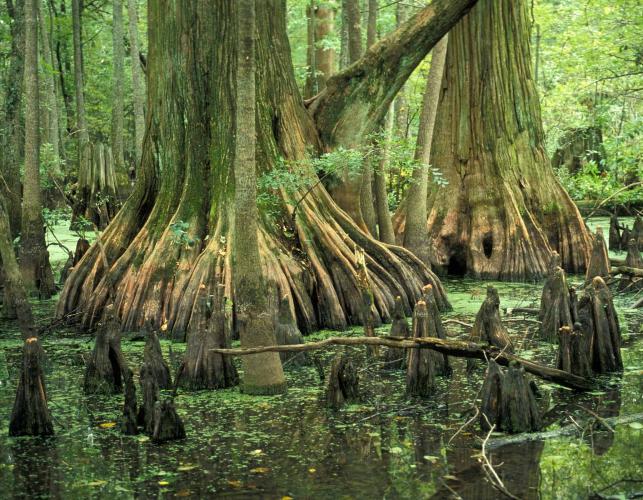
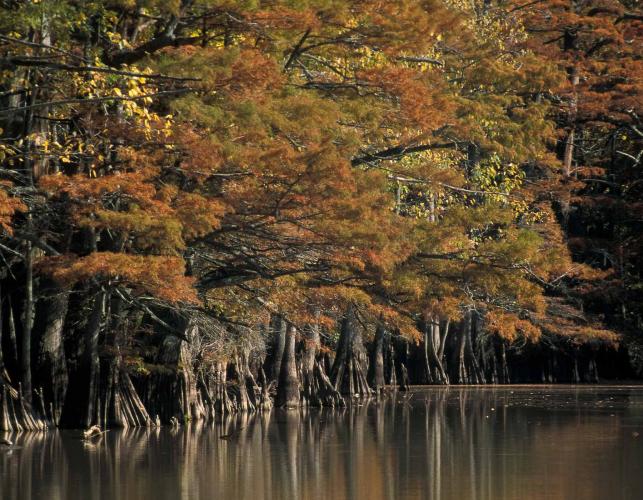

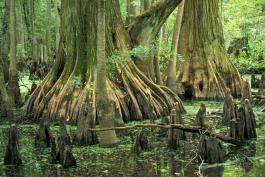
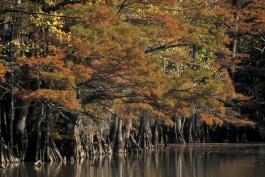
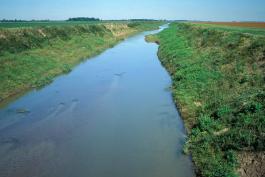
Key species
